Affiliate Marketing On a Budget – Can You Start With $100?
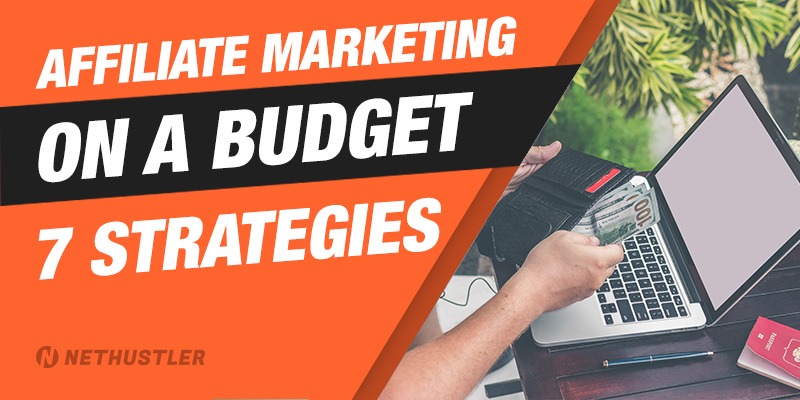
Can you do affiliate marketing on a budget? What if you only have $100 to start?
I see these kinds of questions all the time and my answer is always:
Yes, you can but it depends on many things how successful you’re going to get.
You can start affiliate marketing even on a zero-dollar budget and make it work. But you can also spend thousands without seeing any profit in return.
Realistically though, I would say that you need quite a bit of money to get a fair shot at making money with affiliate marketing.
How much money do you need to start affiliate marketing? It depends on many things:
- What niche you choose
- If you want to buy website traffic
- Perhaps you need only free traffic sources for affiliate marketing
- Do you want to direct link?
- Type of offer payout: CPA vs CPS
- GEO (location of the users targeted)
- Regular affiliate marketing or CPA marketing
- The affiliate networks or CPA networks you work with
- and many other factors
As you could see, there are quite a lot of things that you have to take into account when talking about an affiliate marketing budget.
If you want my honest answer, I would say at least $500 if you go the paid traffic route. If not, then you can start affiliate marketing with $100 or less.
So let’s assume for the sake of this post that you want to do affiliate marketing on a small budget. After all, wasting $500 or more with the potential of losing it all is not fun (been there, done that).
Here’s what I would do if I were to start affiliate marketing with just $100:
1. Choose a smaller niche
Here’s the thing, evergreen niches like health, make money and dating will always be popular and competitive in affiliate marketing. That’s a fact.
So what are you supposed to do when you’re just starting out and doing affiliate marketing on a budget?
Narrow your niche. Go for a smaller niche within the big evergreen niche.
For example, instead of going after the general weight loss type of affiliate products and angles, instead, try to go more specific.
You could go deep into keto, paleo, or the Mediterranean diet, and target people that are only focused on those types of diets.
Or you could go after a certain age group combined with a sub-niche like: “How to build muscle after 40.“
Those are just a couple of examples but I’m sure you got the point.
When you have a small budget for marketing, you can’t really afford to go all-in on the big niches where all the big dogs play.
Of course, it’s not impossible and many have built 6 figure affiliate marketing sites in competitive niches (like personal finance), but it will take a lot of time and work, and perseverance on your part.
2. Start a blog
If I were to do it all over again, I would pick a smaller niche, start a blog and focus on SEO and other ways to get traffic to a blog.
Instead, I went straight into doing affiliate marketing with Google ads and got all my ad budget burned in a day.
The same shit happened when I first tried to do CPA marketing with popup traffic.
Obviously, I knew nothing about affiliate trackers like Redtrack and bot traffic back then, so again I wasted money and got zero conversions.
Oh well, you live and learn I guess. So here I am telling you that if you want to do affiliate marketing on a budget, it’s better to start a niche blog and send free traffic to it.
Blogging is one of the easiest and cheapest ways of starting affiliate marketing on a budget.
All you need is a domain name (about $10 per year) and a hosting plan to host the actual blog (about $5 per month).
Yes you can theoretically do affiliate marketing without a website too or with a free blogging solution like Blogspot. But I don’t recommend that, because you will be terribly limited in functionality and things that you can do.
I think that’s why many affiliates fail because they try to do it without investing even a little bit of money.
They want to build a successful online business but they have to work with fewer features and options.
Because of that, their affiliate journey becomes HARDER than it should be.
I’ve put together a comprehensive guide on how to create a blog, you should check it out, it will only take you 15 minutes.
3. Do Email Marketing
Earlier in my online marketing journey, I did a lot of stupid things and many affiliate mistakes.
One of those mistakes was not building an email list.
You can increase your revenue by a lot if you do affiliate marketing with an email list.
You don’t even need any money to build an email list for affiliate marketing.
Email services such as Aweber have free plans that allow you to gather up to 500 subscribers.
By that time, you should already be making some steady affiliate marketing money, and yes it is possible even with a tiny list of 500 contacts.
The strategy here is to direct your traffic to a landing page with an email opt-in form (also known as a squeeze page) instead of the affiliate offer.
After the user signs up to the email list you can then instantly redirect them to the affiliate offer landing page.
This works best when you’re paying for traffic, but you can also send free traffic to your squeeze page.
If you have followed my recommendation and started a blog, you can add email opt-in forms on your blog’s sidebar, inside content, and even an exit-intent popup.
The benefits of email marketing are huge. You get to actually have your own audience and get instant traffic and sales whenever you click send on another email campaign.
4. Laser Target Your Demographics
If you want to do affiliate marketing on a budget and also pay for traffic, you should consider targeting only the right users.
How do you do that? Well, it’s not as simple because it requires some research and also guesswork. But it all boils down to this: don’t go too broad with your targeting.
If you’re promoting auto insurance instead of targeting all car owners, you should instead target young drivers that just got their license and are looking to buy their first car.
Auto insurance might be the last thing on their mind when they are shopping for their first car.
So if you’re doing affiliate marketing on Facebook with paid ads, you can easily target exactly this demographic.
Not only will you save money on ads by not going too broad, but you might even achieve a greater ROI (return on investment) by doing this kind of laser targeting.
5. Target Other GEOs
In affiliate marketing world we call locations (countries and cities) as GEOs. They are also categorized on tiers, like so:
Tier 1 countries: United States, United Kingdom, Australia, Canada, Germany, France
Tier 2 countries: Austria, Belgium, Cyprus, Czech, Denmark, Finland, Greece, Ireland, Netherlands, etc.
Tier 3 countries: Afghanistan, Albania, Algeria, Brazil, China, Colombia, Egypt, India, Indonesia, etc.
If you’re paying for traffic you will find that most affiliates will focus on tier 1 GEOs, and because of that, those are the most expensive and competitive ones.
When you’re starting out, especially if you’re trying to do affiliate marketing on a budget, you should focus more on tier 2 and 3 countries.
But then again, depending on where you’re buying your traffic from, you might find out that certain tier 2 and 3 countries are also pretty expensive, so try to adjust accordingly and switch to less expensive GEOs.
Here are some of my secret GEOs: African countries (Namibia, Botswana, Nigeria, Liberia, South Africa), South America (Colombia, Peru, Bolivia, Dominican Republic), Asia (Vietnam, Cambodia, Taiwan)
I’ve got an insane 368% ROI on my dating CPA case study in Africa.
6. Choose the right offer payout and campaigns
There are many offer payout models in affiliate marketing such as CPA, CPS, CPI, CPL, and RevShare.
Here’s the short rundown:
- CPA – Cost per action
- CPS – Cost per sale
- CPI – Cost per install
- CPL – Cost per lead
- RevShare – Revenue share (percentage-based)
It’s generally agreed by many marketers that the CPS and Revshare offers are harder to get conversions on because well, the user will have to pull out their credit card and actually buy something.
While CPA, CPL, and CPI offers are easier since it doesn’t require someone to buy something so that you can make money.
Because of that, it’s advised that affiliate marketing beginners especially the ones that start out with $100 or less, to go after CPA/CPL/CPI offers such as:
- Email submits
- Zip submits
- Short-form completions
- Download Offers
- Sweepstakes
It’s easier to convince someone to enter their email to win an iPhone or whatever, versus asking them to get out their credit card and pay $100 for something.
Even if the CPA payouts are lower (which they usually are), you might find it easier to get conversions compared to CPS offers that pay more.
Usually, CPA offers pay anywhere between $1 and $10, depending on the type of offer, niche, and GEO. While CPS offers payouts for affiliates range anywhere between $30 and $200.
Sure there are high ticket affiliate products that pay even more than that (you can get even a couple of thousands for one sale). But if you’re doing affiliate marketing on a budget you don’t really need to worry about those at this stage.
Bottom line: If an offer payout is high, it’s more than likely that you will have to spend a lot more time and money on testing and finding out the right angle to make them profitable and make some decent profit.
Consider starting with CPA and lower-paying offers that don’t require users to buy anything if you want to get easier conversions and affiliate commissions.
7. Use cheaper traffic sources
You know me, I fucking love cheap traffic sources. Sure, there are some ways of getting cheap traffic from Google Ads, but it’s still an expensive ad network, and you really have to come up with some unique ideas to get cheap clicks on that.
Not only that, but a traffic source like Microsoft Advertising (Bing Ads) has up to 60% cheaper traffic than Google Ads, and get this: IT CONVERTS BETTER.
It converts better because Bing Ads has:
- Older demographics that are not afraid of buying
- The users also have and earn more money than Google’s users
- Cheaper clicks across all industries and niches
- An exclusive audience that can’t be reached on Google
- More relaxed rules for affiliate marketing
I’ve personally tested this and I can agree, on average you pay less and the conversion rate is slightly higher. Another great reason why I love Microsoft Advertising is that they are not as strict with affiliates.
Meaning that you can actually promote more stuff that you can’t otherwise do if you’re buying traffic from Google and Facebook Ads.
Affiliate Marketing On a Budget: Conclusion
As you can see doing affiliate marketing on a small budget is not impossible there are certain ways that you can make it work.
I’ve spent way too much money on stupid things and ad networks that were too expensive for beginners to thrive. As soon as I switched to cheaper ad networks I’ve started to see some nice results.
After that, I went straight into building affiliate niche sites and blogs and started doing AdSense arbitrage full time.
The bottom line is this: If you’re going after high payouts, in tier 1 GEOs, and in hot niches, expect to have a ton of competition from other affiliates. This in turn will make it harder for someone with a small budget to get started properly with affiliate marketing.
My suggestion is to find a narrower niche, and build a quality blog around it, you can then monetize that with affiliate offers or display ads.
Also, don’t forget about building an email list if you want to maximize your affiliate marketing revenue.
Until next time… stay hustlin’
Stephen


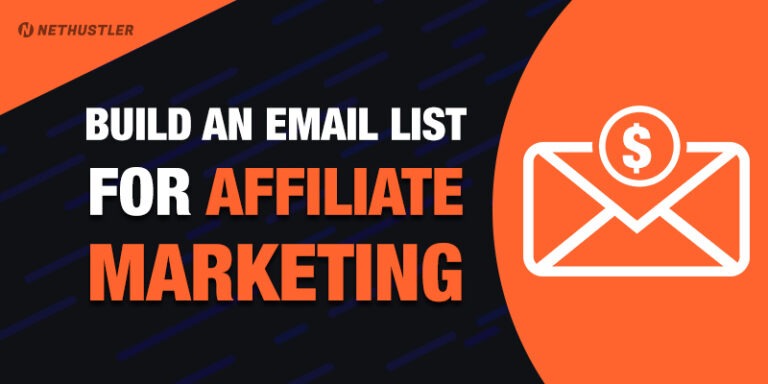

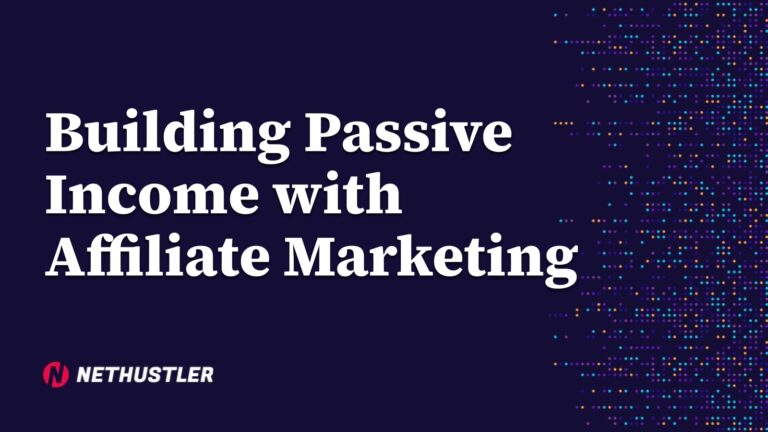
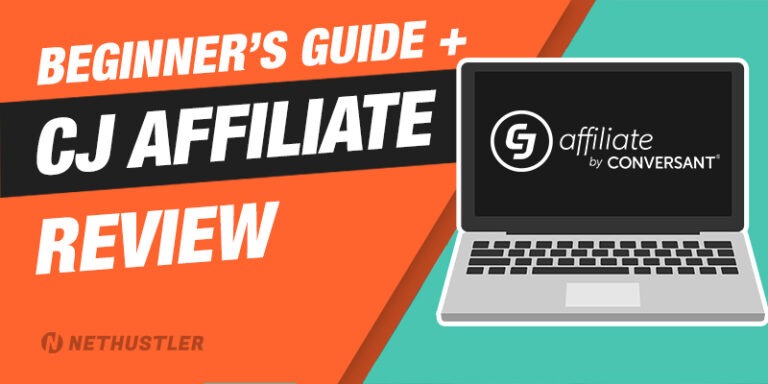
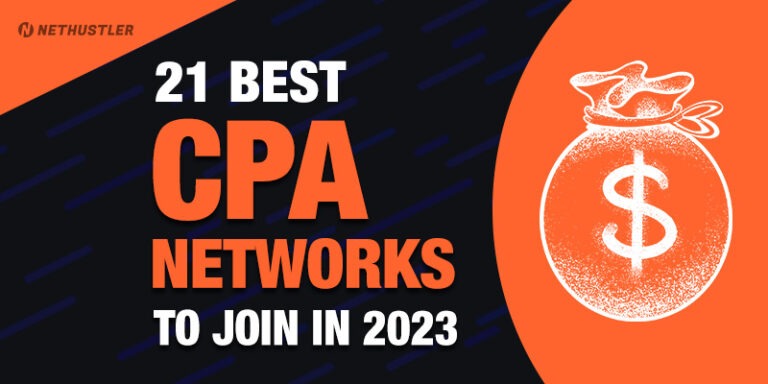
Man that’s a great article. As a beginner, I found it very helpful. What would you do if you have $1000 to spend on paid ads?
Oh man… that’s a tough question especially in 2023. It depends on what you like to promote what type of offers and on what type of traffic you’re comfortable. My best bet would be to go test 1-2 networks, and just try to get as much data and info as possible and try to scale a campaign. Sure $1k is not too small but it’s also not too much, but you can still do some nice ROI out of it. To answer your question I would try the old big dogs like Google, Bing, Facebook, and the new kid on the block TikTok. I wouldn’t bother with others at the moment, there’s too much fake traffic out there.
Great post, Stephen! I totally agree with you on the importance of choosing the right niche for affiliate marketing on a budget. Narrowing down the niche to a smaller sub-niche is the key to success. It is essential to focus on the specific audience and target their needs to make the most out of the budget. The tips on starting a blog and using email marketing and other traffic sources are also very helpful. I believe that with the right approach, anyone can start a successful affiliate marketing journey, even with a limited budget. Thanks for sharing your knowledge and experience.
Glad you liked it 🙂 Thanks for reading.
Great articles! I trust what you say because its based off of trial and error. Great content!
Indeed it is. Thanks for reading and good luck.
Cheers,
Stephen